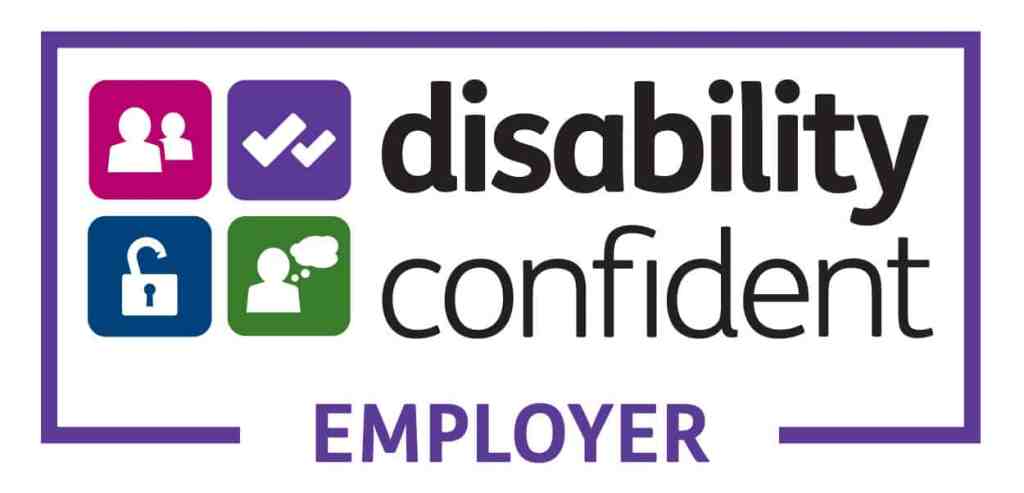By Chris Roberts, CEO, Nimble Approach.
More and more organisations are subscribing to the idea of the Agile way of working, and making the snap decision to ‘go Agile’. A fantastic decision given the proven benefits of an Agile transformation; accelerating development of key, value-adding projects, reducing operational waste, enhancing communication and collaboration, creating an adaptable environment. But there is a real difference between trying to implement an Agile approach and genuinely being Agile. The latter is a shift in mindset, and that can take some work!
A recent Deloitte survey of over 10,000 senior executives revealed that less than 10% of senior executives see their current organization as “highly agile” today. Yet more than 90% of those executives see “agility and collaboration” as critical to their firm’s success.
Confused?? We are too! But sometimes the idea of Agile, and the reality of rolling it out are two very different things to get your head around.
Maybe you don’t think your teams will buy in to the idea, or maybe the senior leadership team aren’t convinced. It could be that you have that many burning projects requiring action, you simply have no idea how to even start prioritising things.
But don’t panic, take a deep breath, and let’s take this step by step.
When approaching an Agile transformation (or any sort of change), we’ve collected a list of key factors that need consideration, and will put you in the best place for success.
Questions for Agile Transformation
- What are your drivers for change? This could be respond to change quickly, cut out waste, gain competitive advantage, or higher quality for your users. Work out what your motivators are, and keep these in mind throughout when prioritising tasks and projects.
- Which department/group of people does the change affect? This could be initially a small group of people in a proof of concept team, with a vision to scale wider once you get a success story. This could include people outside of just IT/Digital too. Track how far the changes will reach, and make sure you encourage communication and collaboration between all those it affects throughout the transformation.
- Who will champion this internally? What always works well is a steering team or working group who become the transformation team and are the internal ambassadors and sponsors of the change. Visible senior backing is really important here – you can’t expect others to buy in to change, if the leadership team seem detached from it.
- What do you know could be improved or done better? Every organisation has a list of improvement items, are there are any that jump out at you that you feel this change would obviously help with?
- Have you got a handle on how much is in your project portfolio? It is important for you to work on your project portfolio and develop a mechanism whereby you can prioritise it, get existing work delivered, and value realised.
Hopefully these initial considerations will help you draw a clear map of the changes you want to see, and how you might get there, Agile or not.
















